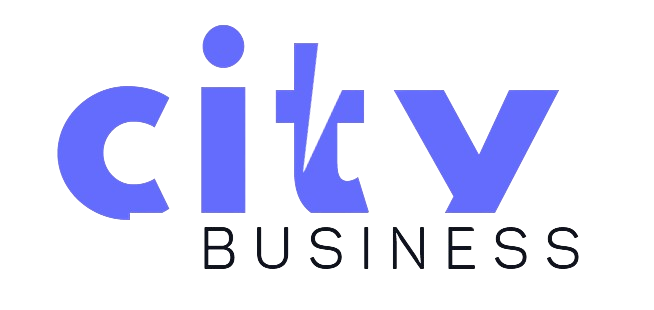The UK requires more than proper infrastructure design to support cycling and walking projects since it needs strong community participation that aligns with local requirements. The process of effective engagement creates trust while revealing community priorities which reduces opposition to lead urban mobility into sustainable development. Based on twenty years of research about community participation and urban planning I present five operational tips for excellent engagement of cycling and walking projects that utilize the City Business (CB) platform for better results.
First, ensure that your outreach methods reach diverse groups to hear their perspectives. The standard public meeting format tends to keep away young people and workers who have night shifts and people with mobility problems. The City Business (CB) platform extends participation through surveys and quizzes combined with social sharing tools that serve different population segments. A cycling lane project in Leeds should employ CB’s QR code feature to distribute surveys at bus stops and cafes because this approach helps all community members including Generation Z participate in the initiative.
Second, use data-driven tools to understand community sentiment. Sentiment mapping and AI-driven feedback analysis from CB’s platform enable project teams to determine which community concerns take priority such as improved safety for pedestrians and better illumination of cycle paths. Walking projects can use CB’s survey tool to gather route design preferences while its downloadable analytical charts will create clear reports for stakeholder meetings. This method allows decisions to rest upon verifiable data instead of unverified suppositions.
Third, foster transparency to build trust. People tend to oppose projects because they believe the planning process operates without sufficient transparency. The content management system of CB allows teams to reveal project timelines as well as team member information and updates to everyone. Local residents can stay informed about the walking trail project in Cardiff through a custom URL and embedded project details on local websites but private project settings will maintain the security of sensitive discussions. Open communication eliminates false information which leads to better community participation.
Fourth, adapt engagement to local contexts. Every community faces different needs because they vary between the densely populated urban areas of Manchester and the rural areas of Devon. The geographical data visualization and offline survey functions of CB help teams customize their outreach programs by tracking sentiment and gathering feedback from areas without internet connectivity. The distribution of offline surveys at village halls for a rural cycling path project enables inclusivity while visualized data shows regional priorities which makes projects more relevant and effective.
Finally, sustain engagement beyond initial consultations. One-off surveys risk alienating communities if feedback appears ignored. Through its feedback box and instant reaction tools the City Business platform enables residents to maintain continuous dialogue about evolving plans. The Glasgow cycling scheme would use CB’s news update feature to disclose how community feedback influenced design development thereby demonstrating participation’s worth. The practice of ongoing engagement produces increasing project momentum while keeping initiatives responsive to community needs.
The practical application of CB tools demonstrates how deep listening combined with collaborative action results in better outcomes. I can visualize streets across my city where every step and pedal represents the shared vision of the community because of careful engagement processes.


